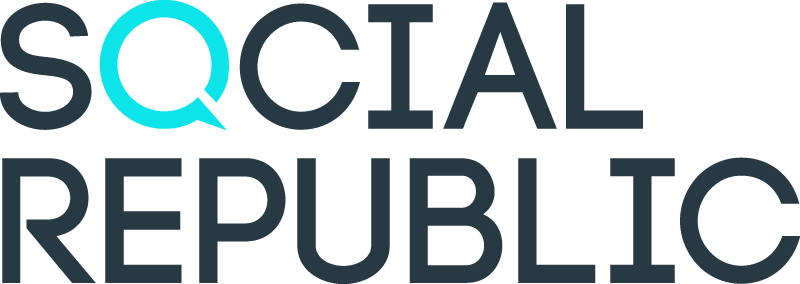LinkedIn is the biggest and most powerful professional community on the planet with more than half a billion members. So when you see your LinkedIn Page organic posts getting positive engagement, you should think about sharing your message to a new audience, taking your content, sales strategy and talent acquisition to a whole new level.
Sponsored Content allows you to present your posts to targeted LinkedIn members outside your regular visitors and followers, maximizing your reach by promoting your posts to members with similar attributes to your existing followers.
Just like the traditional newsfeed, the posts are interactive, which means likes, comments, and shares are all available to help boost its engagement, power, and continuing reach.
Hootsuite has worked closely with LinkedIn to provide customers with the ability to promote their best organic LinkedIn content directly from Hootsuite.
At Hootsuite, they’ve done a lot of verification to find out what works for their brand and business when promoting content on LinkedIn. Here are some of their top tips.
1. Determine Clear Objectives
Ask yourself, what do you want to achieve through Sponsored Content? Is it to position your organization as an expert? Promoting thought leadership demonstrates your industry knowledge and creates awareness. However, If lead generation is your goal, you’ll want to promote gated content with a lead capture component, like webinars, white papers, and how-to guides. You can also include blog posts or other content that is ungated but include a strong call to action. If your objectives are around talent acquisition, your approach will be to target the right audience, letting them know you have open positions.
Tip: Make sure your content is providing value for your audience directly within the feed. Combined with a clear CTA, this will ensure your target audience resonates with your content.
2. Be Selective
The organic performance of your content is really the best indicator of what will potentially resonate with a larger audience. Essentially, you should start with what’s already working, and then streamline what you will promote based on your business objectives. At Hootsuite they promote organic content that is, to put it simply, popular with their followers. They also promote organic posts about product launches and campaigns to ensure they reach a new and specific audience. They increase their engagement during key campaign periods and experience higher conversions. Hootsuite gets also a stronger ROI on campaigns, meaning they can stretch their ad budget further.
Tip: Save time by viewing the performance of your organic content in Hootsuite and quickly promote the high performing posts as ads in the same dashboard.
3. Take a Targeted Approach
To augment the potential for success, you should also have a specific target in mind. Have an idea of your ideal audience, the more detail the better.
Remember, because LinkedIn is a business-focused channel, it has a different targeted audience than your other social channels. LinkedIn is the only social network where you can target by job title, so take advantage of this unique capability when running ads. And you can target a new LinkedIn audience based on their location, interests or details related to their profession, including company, company size, job title, years of experience and education.
Tip: Learn what content performs best for each target audience by clearly defining them in advance and testing different variations of content, copy and images to help inform future campaigns.
4. Be Visual
Also, be aware Sponsored Content has a limited opportunity and time window to capture people’s attention, so strengthen its impact with your most compelling assets. Use an eye-catching visual. According to LinkedIn, larger visuals (not a thumbnail) have up to a 38% higher click-through rate. Keep the text short and to the point, and the call to action front and center.
Tip: Create visuals that enhance the audiences’ understanding of the piece of content. For example, try testing a title card, statistic card, or graphics card. By testing different visuals, you can then determine which had a higher conversion rate.

